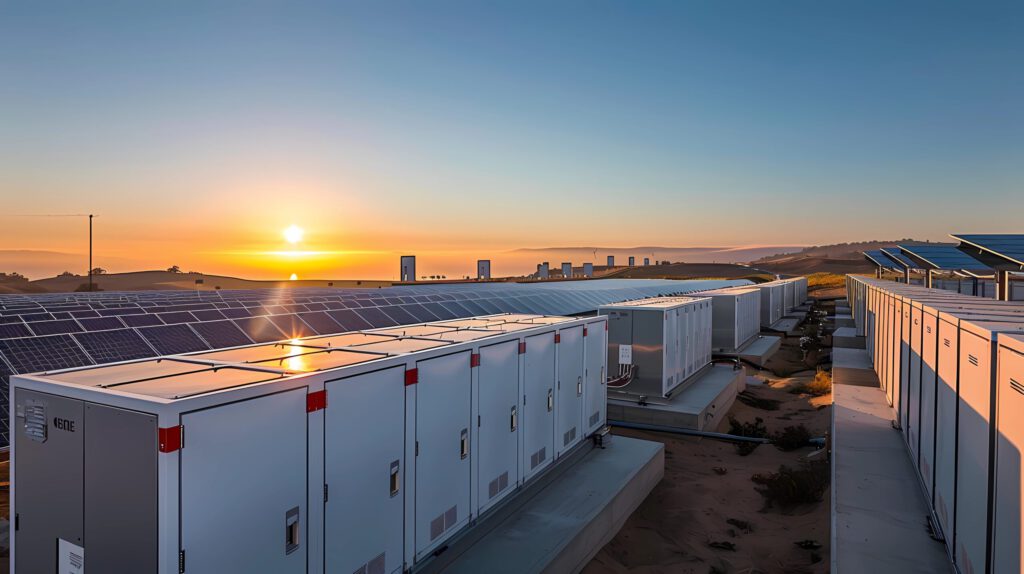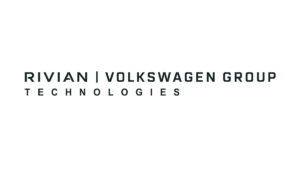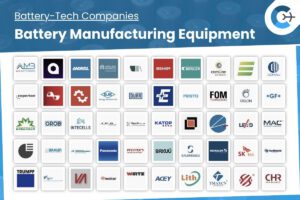During a keynote address at the European Battery Raw Materials conference in Lisbon on September 16, Ken Hoffman, CEO of Traubenbach Associates, recommended that Europe’s battery industry shift its focus from competing with China in electric vehicle battery manufacturing to expanding stationary energy storage systems (ESS). Hoffman argued that Europe has not achieved the scale or cost efficiency required to challenge China’s dominance in EV batteries and should instead pursue growth in areas where demand is rising.
Hoffman highlighted the rapid expansion of AI data centers as a primary driver of ESS demand. As artificial intelligence technologies multiply, data centers are placing unprecedented pressure on power grids. He pointed to a large-scale blackout in the Iberian Peninsula earlier this year as an example of how grid instability can result from insufficient storage capacity. “The global grid is being crushed by AI,” Hoffman said, noting that every power-dependent activity increasingly requires backup solutions.
In response to these challenges, Hoffman called on European cell manufacturers to enhance pack capacities and increase power densities while reducing costs. He predicted that stationary storage will become the fastest-growing segment of the energy storage market. He also forecast a shift in battery chemistry: lithium-manganese-iron phosphate (LMFP) and other manganese-rich formulations are poised to gain market share over nickel-manganese-cobalt (NMC) chemistries in Europe.
Beyond utility-scale applications, Hoffman urged the Western battery sector to explore emerging markets such as drones and robotics. He recommended adopting a niche strategy, encouraging regional players to start with smaller, incremental projects rather than attempting to replicate China’s large-scale manufacturing approach.
According to Hoffman, this targeted effort will help Europe build a resilient battery value chain focused on stationary storage solutions that address evolving grid requirements and the surge in AI-driven energy consumption.
Source: Fastmarkets
















